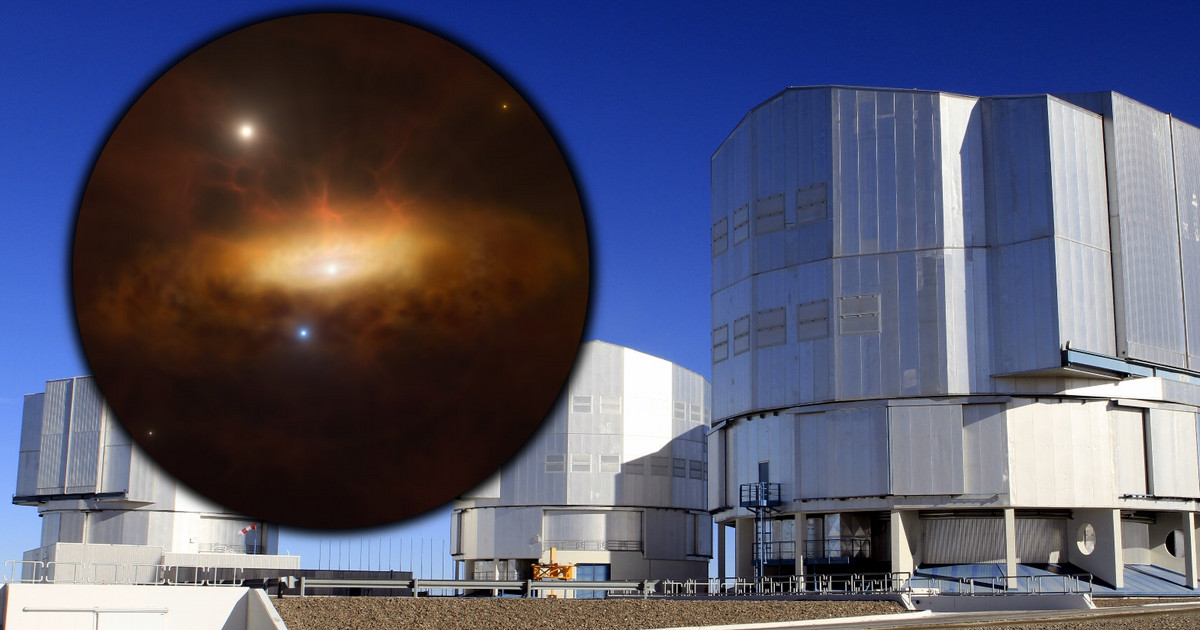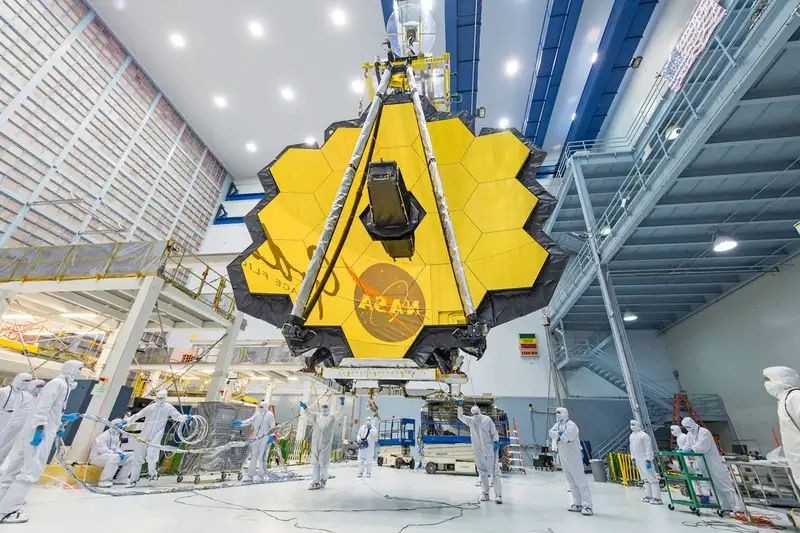Although twenty thousand years have passed since then, these star fragments continue to travel through space far from the site of the explosion. The Hubble Telescope, which has been observing space for three decades, has recorded the movement of this debris in recent years.
The extensive Cygnus Loop nebula created during the explosion forms a bubble-like shape. This bubble is about 120 light-years in diameter. But Earth is located about 2,600 light-years from its center. Interestingly, if it were brighter, in the night sky it would be six times larger than the diameter of the full moon.
Read also: The universe was distorted by a supernova. Astronomers looked into the dark universe
Using the Hubble Space Telescope, astronomers decided to look at a small portion of the edge of the ever-expanding supernova bubble. At this edge, debris from the star’s explosion strikes the interstellar medium. We certainly don’t know how this piece evolved over time from a single image. Fortunately, the Hubble Telescope has been observing the same part since 2001. Over the course of two decades, the front of the supernova bubble has changed significantly, as can be seen in a time-lapse animation provided by NASA.
Thanks to the fact that we know the exact time of creation of these frames, it was also possible to estimate the bubble’s expansion rate in space. It turns out that the star’s debris has not changed at all in its speed over twenty years, and is still traveling through space at a speed of 800,000 kilometers per hour. Hubble’s images show exactly how this stellar debris is changing, how dense the material is that it encounters on its way, and the turbulence it causes as it passes.
The cross-section of the glowing hydrogen filament visible in the animation is about two light years in length. This is half the distance between the Sun and its closest star, Proxima Centauri. Different types of wrinkles can be clearly seen along the entire length of the fiber, making them appear as interwoven bands of light in a telescope image. These wrinkles and bends are the result of individual fragments encountering interstellar material of different lengths.
Read also: An unusual supernova explosion. The dying star’s core shot out like a slingshot as it hurtled across the galaxy
This is the best proof that the space is not empty at all. The expanding bubble of material ejected from the supernova explosion continually hits fine clouds of gas and dust in interstellar space. At the moment of such a collision, neutral hydrogen is heated to temperatures of about a million degrees Celsius, the temperature at which it begins to glow.
A little further behind the front of the shock wave, the ionized oxygen atoms gradually cool, emitting a characteristic light, seen here in blue.
Scientists point out that the nebula itself was discovered 249 years ago by William Herschel. Surely no one thought then that two centuries later we would have the opportunity to take a closer look at a small part of this nebula, and even see it hurtling through space.

Echo Richards embodies a personality that is a delightful contradiction: a humble musicaholic who never brags about her expansive knowledge of both classic and contemporary tunes. Infuriatingly modest, one would never know from a mere conversation how deeply entrenched she is in the world of music. This passion seamlessly translates into her problem-solving skills, with Echo often drawing inspiration from melodies and rhythms. A voracious reader, she dives deep into literature, using stories to influence her own hardcore writing. Her spirited advocacy for alcohol isn’t about mere indulgence, but about celebrating life’s poignant moments.








